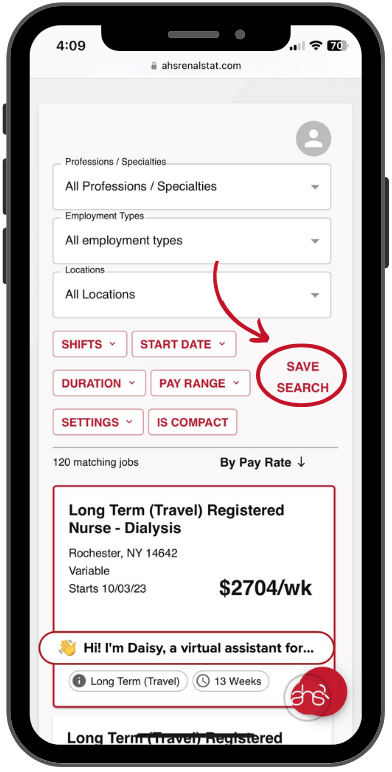More than 382,000 people with kidney disease in the U.S. are on dialysis, a painful procedure that can wreak havoc on blood vessels due to constant jabs from large needles.
During dialysis, a patient’s blood is filtered out of their body and through a machine that performs the work normally done by the kidneys. Patients often need special surgery or synthetic implants to prepare their vessels for this intensive, high-volume work.
One company has engineered a potential solution: lab-grown, human-tissue textiles. These woven blood vessels, made from strands of cultured skin cells, could one day be a ready-made solution for dialysis and heart disease patients alike. The technology was presented April 23 at the Experimental Biology 2012 annual meeting in San Diego.
“It is not like your grandmother with the little knitting pins,” Nicolas L’Heureux, chief scientific officer of Cytograft, the company that makes the tissue-based vessels, said in a prepared statement. The details of the new weaving technology are still somewhat under wraps, but it seems like it could be a quick and relatively inexpensive way to create resilient, all-natural vessels.
“There were a lot of doubts in the field that you could make a blood vessel—which is something that needs to resist pressure constantly, 24/7—without any synthetic materials in it,” L’Heureux said.
Early attempts to replace or augment organs and tissues in the body relied largely on synthetic materials, such as plastics for structures or at least scaffolds. These can present compatibility and infection problems once implanted. More recently, scientists have been able to grow—or even print—these components out of real tissue. But these human-tissue vessels are an innovative approach—even in the wild world of regenerative medicine.
L’Heureux and his team started building skin cell-based blood vessels in 2005. These early versions cultured a patient’s own fibroblast cells into sheets, which were then rolled into cylinders and then cultured again to seal the seam, a process that took about seven months from start to finish. The resulting pieces were “completely biological, completely human and living” vessels, L’Heureux said. But it was slow and fairly pricey.
Last year, three patients in Poland received vessels grown from donor skin cells. These implants have not yet shown signs of being rejected by the patients’ bodies (as can often happen with tissue transplanted from another individual). If these vessels continue to succeed, researchers will proceed with efforts to grow, freeze and store vessels made from donor tissue for patients in advance.
But custom-rolled vessels still took quite a bit of time to build and were rather expensive ($6,000 to $10,000). To bring the cost down and speed up the process, L’Heureux and his team found that they could borrow knitting and braiding techniques to construct the blood vessels in just a couple days once skin cells had been cultured.
The group developed a method to tear sheets of skin cells into thread-like strands that could then be woven into a vessel. The added benefit to this approach is that unlike a sheet rolled into a cylinder, woven vessels have no seams and thus bear pressure more evenly.
The woven vessels are still in animal trials, but so far they seem resistant to the constant punctures delivered by a dialysis regimen. And, L’Heureux noted, if they prove successful in humans, the lab-woven vessels could be used for helping with congenital heart defects as well as with bypass surgery. ~scientificamerican.com~


